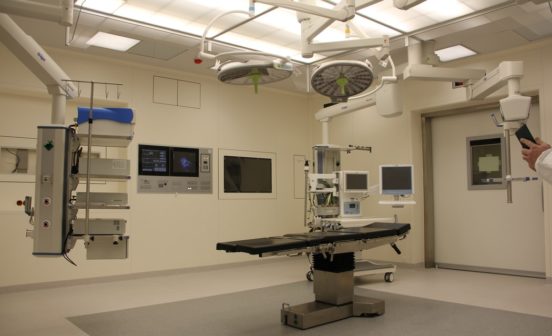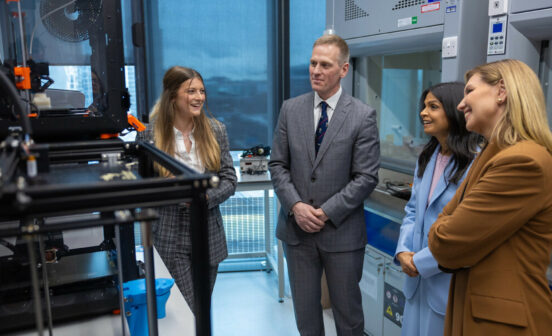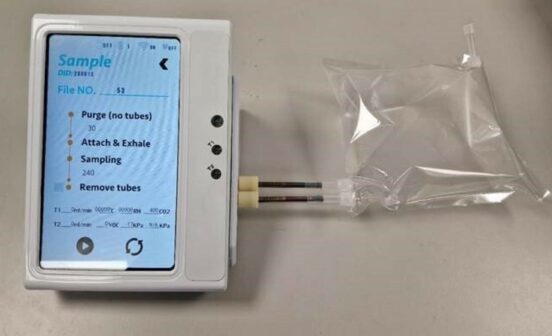Informatics ApproachesPrevention Patients at risk because NHS hospitals using different record-keeping systems

A major survey of medical record keeping in the NHS has revealed critical deficiencies that could risk patients’ safety.
Researchers found NHS Trusts were using at least 21 different electronic medical record systems which are unable to effectively share information.
Almost four million patients were treated at two or more hospitals between April 2017 and April 2018 which had different health record systems. On 11 million occasions, patients attended a hospital that could not access medical full information from their previous hospital visit.
Electronic medical records have been rolled out across the NHS over recent decades and were expected to make communication between hospitals easier. But the researchers found that while 23 per cent of trusts were still using paper records, the 77 per cent which have upgraded to electronic records still face major difficulties.
Professor the Lord Ara Darzi, lead author and NIHR Imperial BRC Surgery & Surgical Technology Theme Lead said: “Electronic health records have been heralded as a solution to increasingly stretched healthcare systems, yet our research shows that the challenge is far greater than simple adoption of this innovation.
“It is vital that policy-makers act with urgency to unify fragmented systems and promote better data sharing in areas where it is needed most, or risk the safety of patients.”
The researchers looked at data from 152 acute hospital trusts in NHS England over a one-year period between April 2017 and April 2018. More than 21 million patients were included in the analysis.
Around a quarter of the hospitals (23 per cent) were found to still be using paper records. Yet of those that were using electronic data, the study found that there was limited regional alignment of the systems used to process and store these records.
Of the 117 trusts using electronic records, the vast majority (92 trusts, 79 per cent) employed one of 21 different commercially available systems, and 10 per cent (12 trusts) were using multiple different systems within the same hospital. However, of those that used a single system, more than half (49 trusts) were using one of three identified systems.
Making these three systems interoperable would improve access to information for more than one million hospital encounters every year, the researchers calculated.
By analysing hospital episodes statistics, the researchers went on to identify almost four million patients that attended two or more trusts during the study period. The analysis revealed that these patients often had consecutive encounters at hospitals with incompatible data systems, accounting for 9 per cent of all hospital encounters.
The work also revealed 20 pairs of hospitals that commonly cared for many of the same patients. Yet despite regularly sharing care, just two of these trusts used the same electronic health record systems.
The authors therefore conclude that strategies to promote better data sharing should be targeted towards these identified pairs of hospitals, in order to facilitate informed clinical decision-making and the delivery of safe care for patients.
This research was supported by funding from the National Institute for Health Research (NIHR), The Peter Sowerby Foundation and the NIHR Imperial Biomedical Research Centre (BRC).
This article was written by Justine Alford and is © Imperial College London





